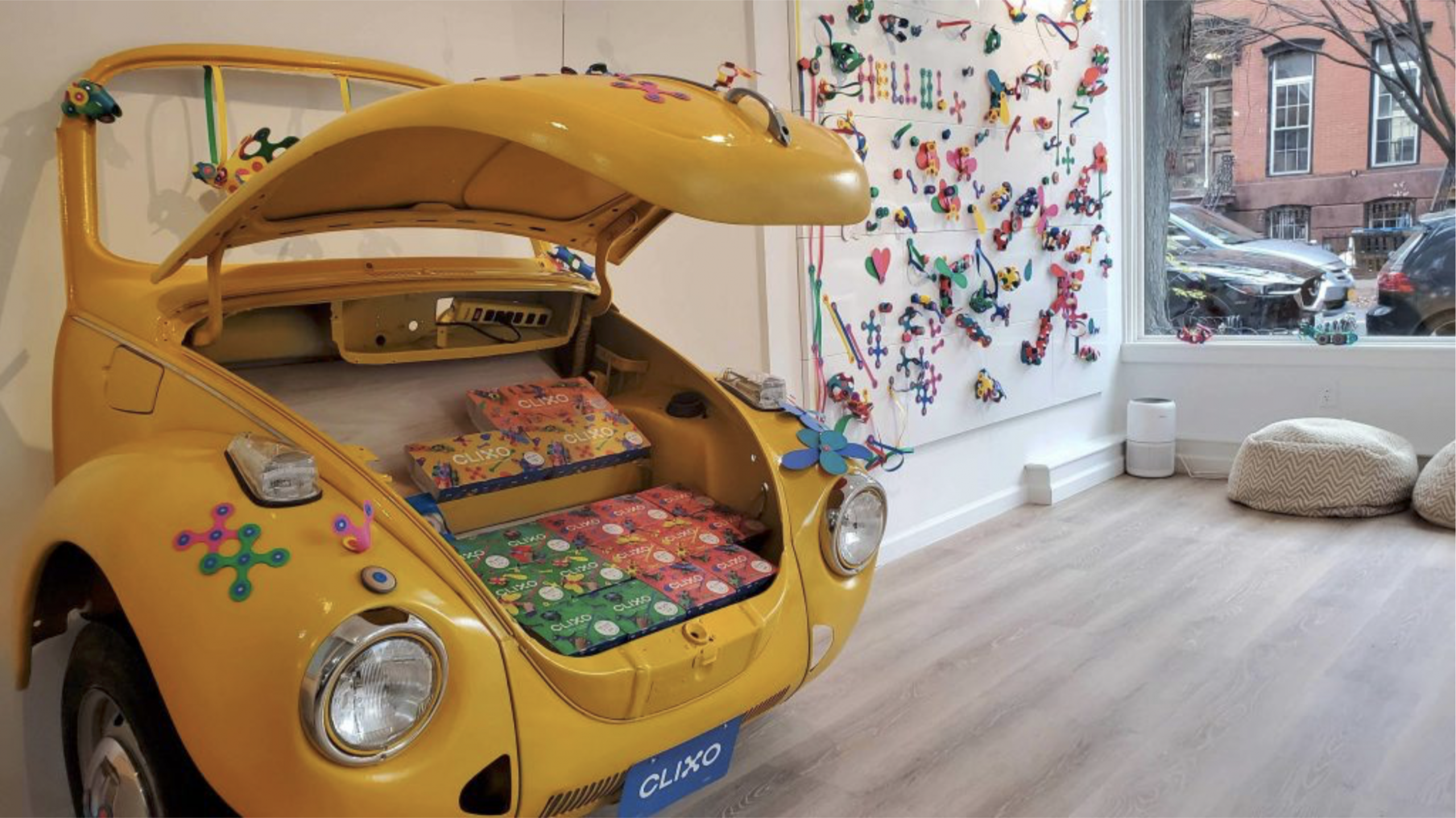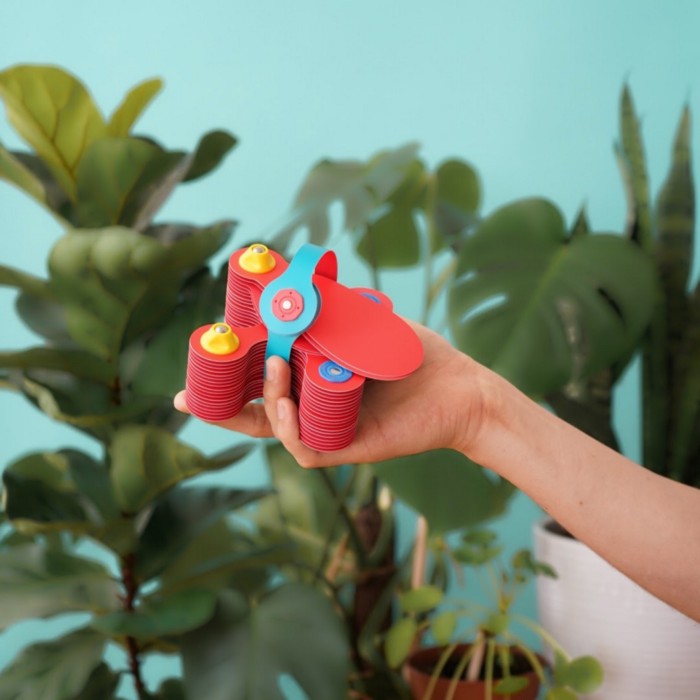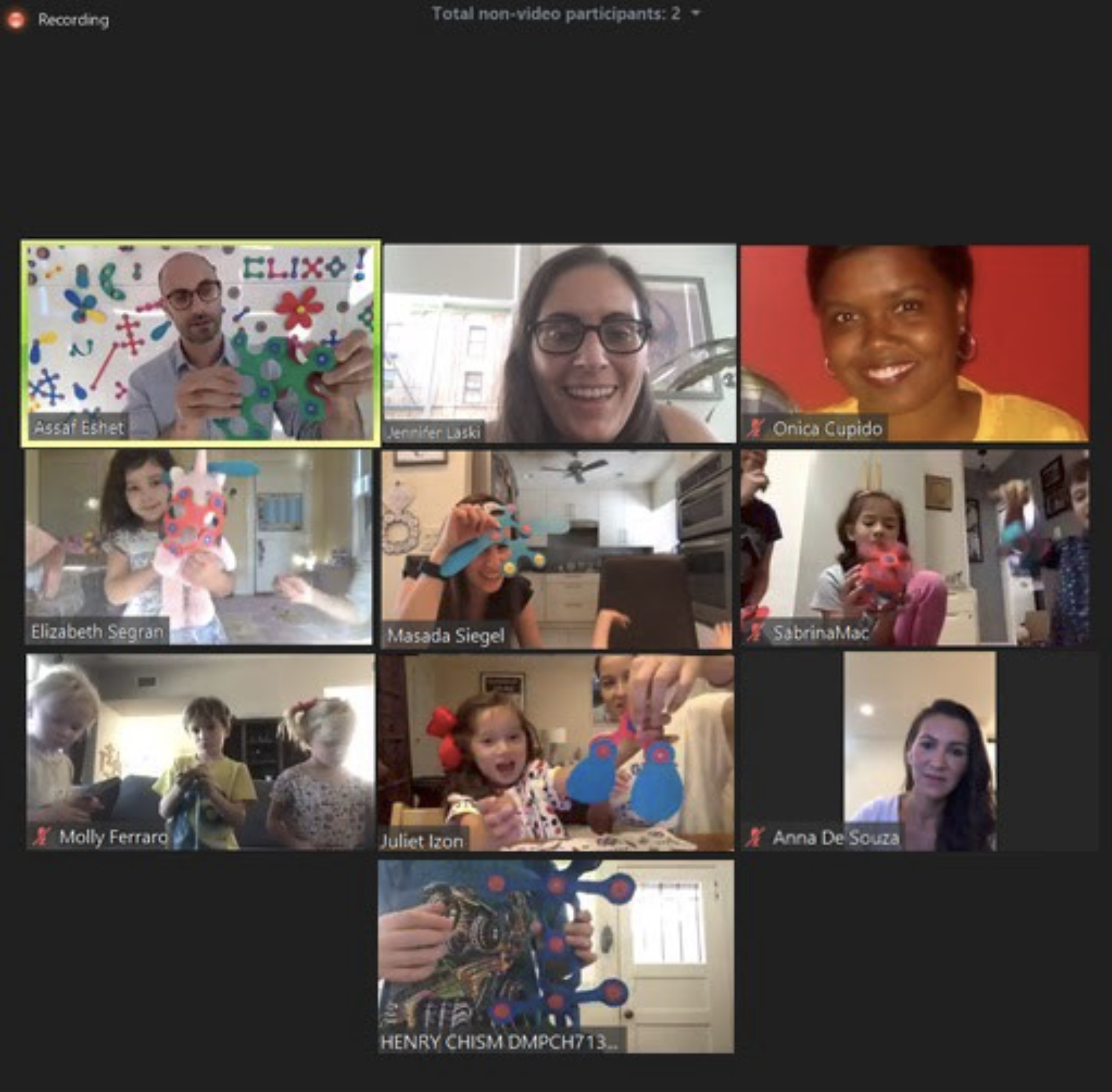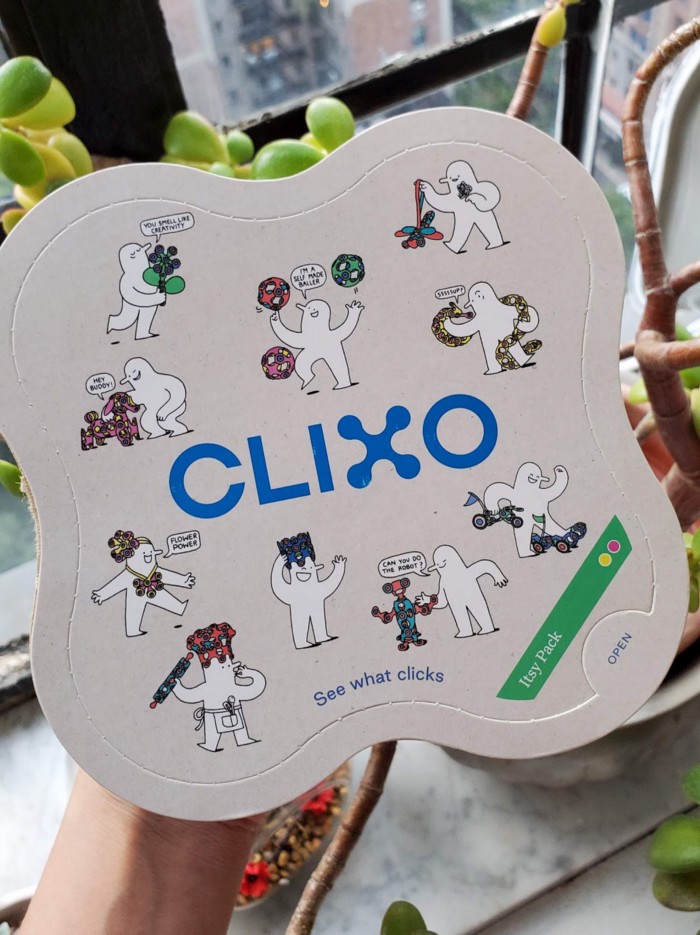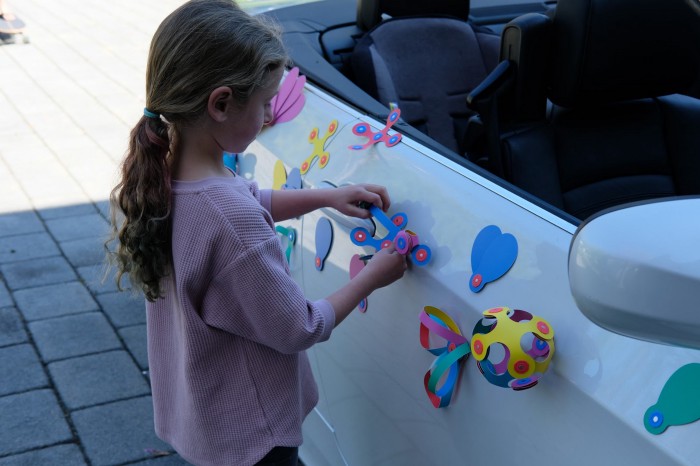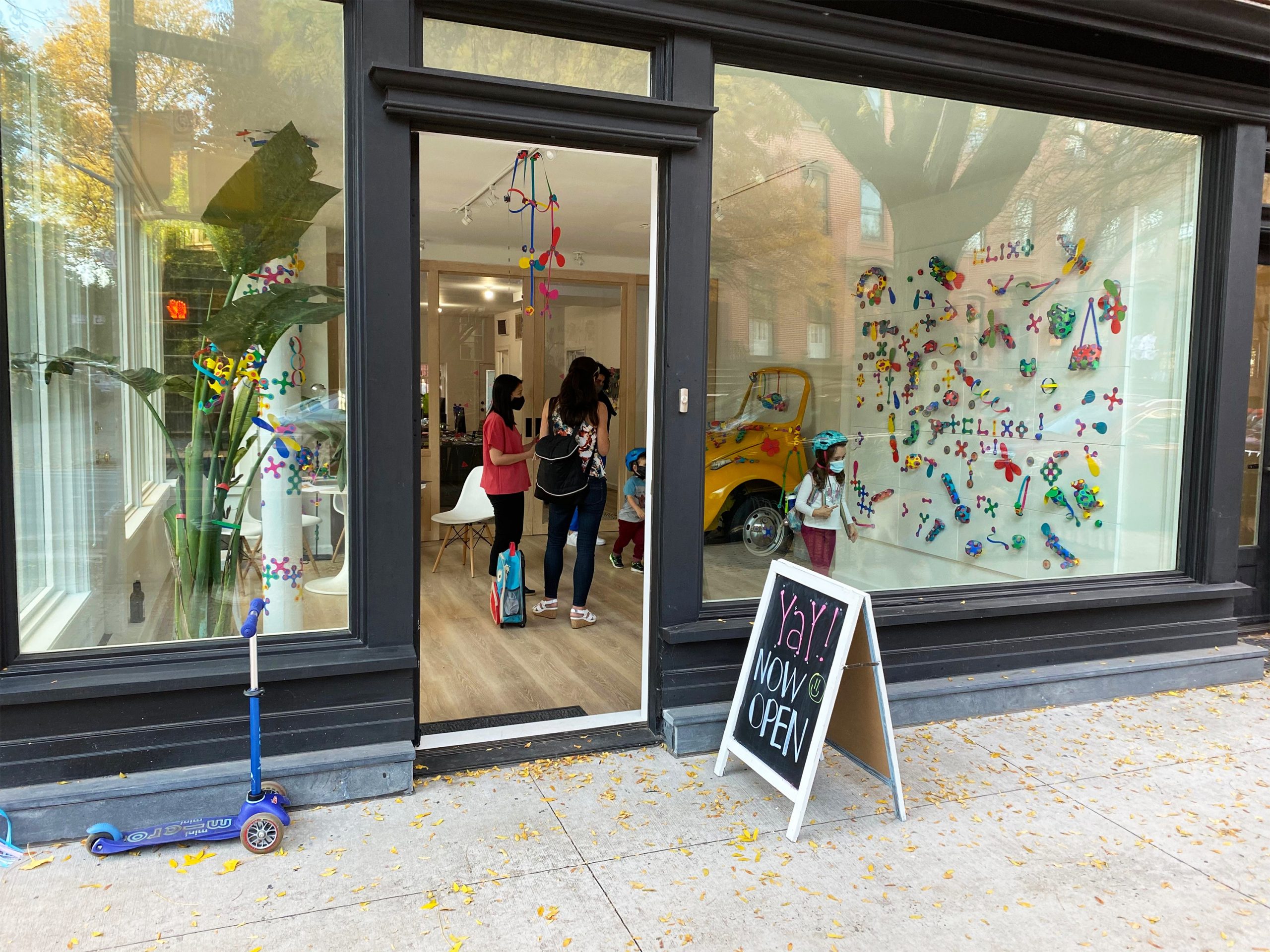Make Time for Play Time
Remember a year ago, when we didn’t quite know what was coming but we sort of figured it would all be over soon?
Yeah…
This year has been crazy. It’s turned everything on its head, including the routines we’re used to as parents. Parenting is always an incredibly rewarding and challenging act, but during times like these, it’s nothing short of heroic. Trying to keep kids entertained and off their screens? Trying to home-school them while you’re on zoom calls? Trying to have a moment’s peace and quiet? It’s not easy.
That’s why we wanted to write a piece for all your rockstar parents. Today isn’t about tips and challenges for your kid’s playtime. (If you want those, we suggest you head here or here). No, today is parents day. Today we are going to talk about just how important it is for you to have the time to let loose, blow off steam, and be creative.
Three Reasons Why You Should Be Incorporating Play Into Your Day to Day Life
When we tell people we are a toy company, everyone assumes our products are designed just for children. Yes, we have created Clixo with children and their endless supply of creativity in mind, but no, Clixo isn’t just for kids
Clixo is for play, and play is something everyone should be doing.
Why?
Well, first, off, it’s fun. But it’s also healthy for us. Especially in crazy times like these, play offers us a rare and valuable escape from the stresses of our daily routines. According to a study called “Play, Stress, and the Learning Brain,” play has no immediate survival purpose. It’s done for its own sake, and for the pleasure of the act. It also occurs when we are not under stress or rushing to get other things done.
How many things do you do on a daily basis that are solely for the joy of doing them? (Be honest).
If you’re anything like most of the parents we speak to, your number is probably a whopping zero. So this leads us to reason #1.
1. Letting Go of A Need for Achievement or Productivity Reminds Us of What Really Matters.

It’s a vicious cycle. We work hard, thinking we will someday get to the bottom of our to do list, but somehow it just keeps growing. There’s almost more to do, more to achieve, more goals to reach. We could always optimize our lives more.
Especially during pandemic times, parents seem to be extra attached to executing control over the small realms in which they feel like they can control things.
Listen–there’s nothing wrong with wanting to get things done and have an impact on the world. The problem is when we get so sucked into the adult mindset of “go go go, do do do” that we forget why we are doing anything in the first place.
We forget that the starting motivation to get something done is usually rooted in a desire to get it out of the way, so that we can focus on what really matters.
Maybe we want to retire early so we can travel. Maybe we want to be able to work four days a week so we have more time with the kids. What this all boils down to is a desire to have the space in our life to relax, to have fun, to be ourselves, and to spend time with those we love.
Play is all of these things. It’s about self-expression and self-exploration. It’s about laughter and curiosity. It’s about letting go of the goal, and being fully present in the journey. Making time for play nourishes us, and reminds us of our core values and motivations. It gives us an opportunity to refresh our minds and spirits, and to get in touch with the child in all of us. In fact, we’d take it a step further and say it’s one of those important activities that reminds us of just how much we have to learn from children. Playing makes us better parents, and better people.
So here’s a suggestion for all you parents out there who have (totally understandable) run out of ideas for entertaining your children during the pandemic. Why not set aside some play time for yourself?
We think you’ll be pretty amazed with what comes out of it.
2. It Frees Us From Our Need of Control.
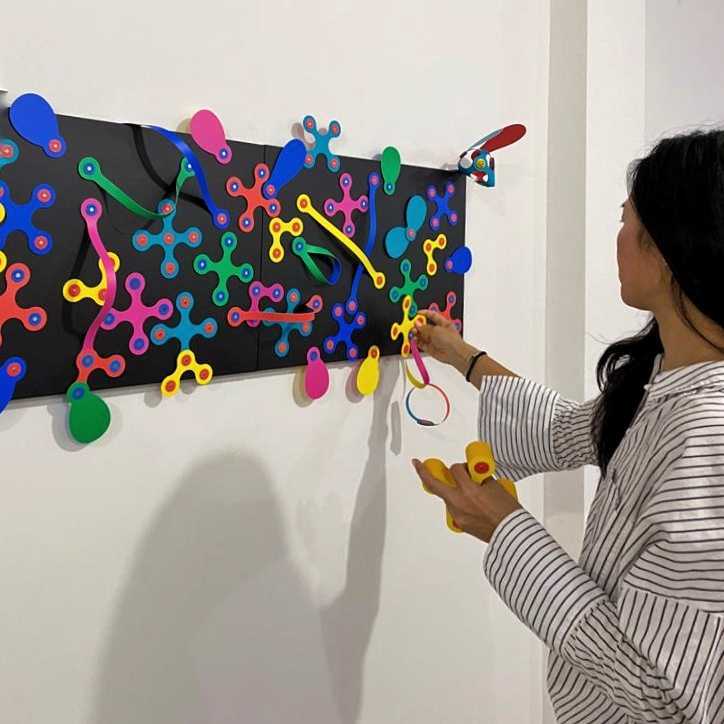
There’s probably never been a time in any of our living memory when we felt more helpless and less in control.
Near the beginning of the pandemic, a lot of the mental health experts out there encouraged adults to keep informed, but limit engagement in the media, as it can only spike that anxiety, and to “focus on the things you can control.” That makes perfect sense: sure, we can’t predict when we will be able to get a vaccine or what will happen to the economy, but we can decide what we will have for lunch today, what board game we will play with the kids in the evening, or whether we want to take a bath or a shower. It may seem small, but these micro decisions are very important for our sense of well-being.
However, a year in and our patience for being ‘content’ with micro-decisions has grown thin. That’s the second reason we wanted to reach out today and encourage all you adults to take play more seriously as a mental health benefit. Maybe the answer isn’t to keep fighting 24/7 for a tiny plot of control. Maybe the best thing we can do right now is engage as much as possible in activities that free us from our tyrannical need for control.
Think of play as an antidote to all our adult habits that aren’t serving us right now. Let go of timelines and to do lists, and invest in your creativity and your sanity. Most importantly, don’t approach play as some huge new goal to ‘control’. That would be entirely missing the point.
Playing as adults can be super simple. If you need a few ideas to get you started, we recommend reading this.
3. Parents need Screen-Free Time Too.
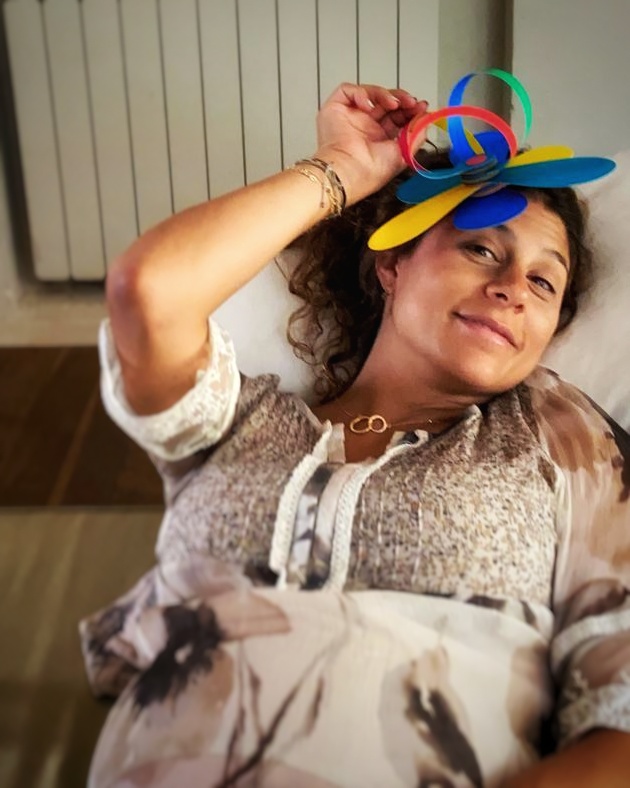
We all know that screens have come to play too big a role in our lives. There has been special concern for the amount of time that screens take up in children’s lives, especially during COVID-19. All of that is true, but what about you? What about the fact that so many of you are now working all day on your computer, socializing through zoom, and ‘relaxing’ on social media and Netflix?
Adults need screen-free time, too. In a time when we aren’t allowed out much, it’s super important that we don’t get lazy with our free time, but instead lead by example, and get creative. Whether that’s making sure you are making time for reading, family dinners, adventures to the park, or playtime, everyone benefits from time that is spent connecting and rejuvenating rather than sinking into digital sinkholes.
One of the particularly beneficial aspects of play is that it not only helps us unwind and get away from screens, but it helps us get into our bodies. Since most of us aren’t going to the gym, or out dancing, or even hugging friends, anything that helps us be more embodied is super critical for our health.
Want to share your story? Reach out to us @my_clixo with what play means to you as an adult, and we may interview you for an upcoming series on making play a part of life for everyone, everywhere.

